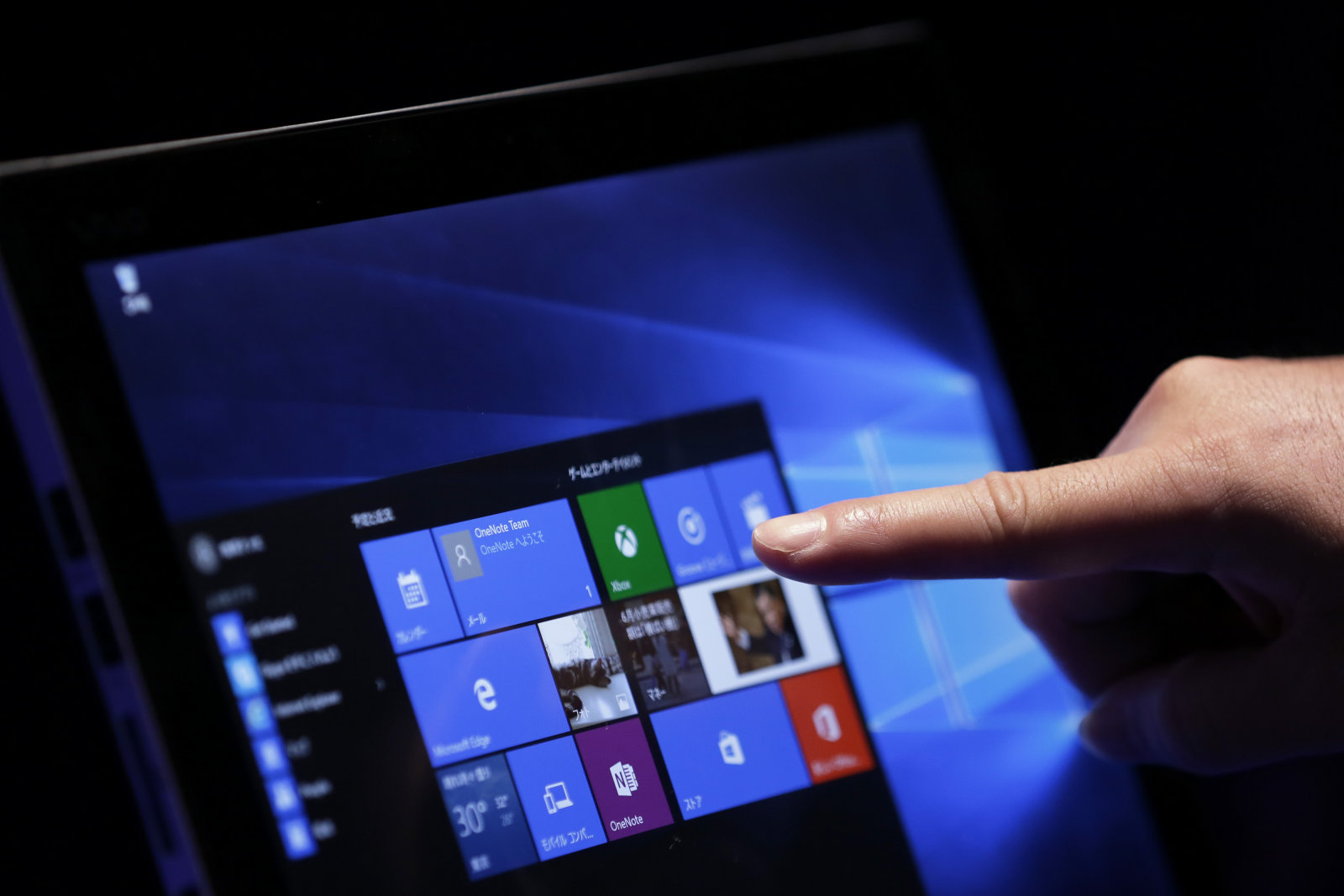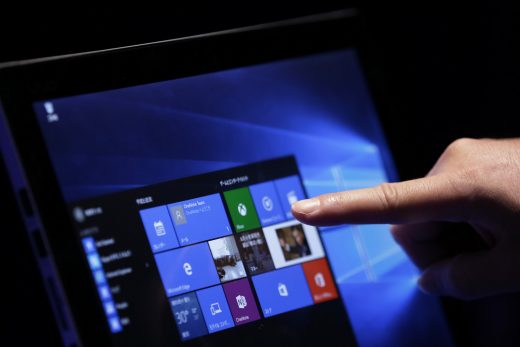Microsoft Intros Its Own Version Of Playable Ads
Microsoft Intros Its Own Version Of Playable Ads
by Laurie Sullivan, Staff Writer @lauriesullivan, March 13, 2017
Microsoft’s Playable Ads mobile ad unit, previewed last week, lets mobile users interact with ads and apps without the need to leave the application they are in.

This new advertising unit allows users to try Windows 10 titles without the need to download anything. One click on the advertisement expands the ad unit for three minutes to allow the person to interact with the app as if it’s already installed on the device. Microsoft believes the three minutes is enough time for the person to decide if they want to install the app. At the end of the streaming session, users can click on a link to install the app.
While Playable Ads allowed people to experience the app before installing it, Microsoft Product Manager Vikram Bodavula writes in a blog post that those who install the game or application after three minutes of viewing are more likely to use the game or app compared with those who installed it based on the product description page.
Microsoft and Google are trying to cover all basis when it comes to finding ways for consumers to search out apps and game. In early March, Google also introduced a playable advertising format in Universal App Campaign scheduled to roll out in the coming months that lets mobile phone users try out a scaled-down version of the video game.
The biggest challenge with apps has become shrinking adoption rates, especially in the U.S. And apparently, some of the downslide for apps such as Adobe’s estimate that Americans are opening far fewer apps these days. The total number of times that apps were opened by users in the U.S. fell 28% since Dec. 2014, but in France, the United Kingdom and Germany, apps are being opened 4% more since Dec. 2014, according to Adobe Analytics.
Browsers such as Chrome, Edge and Opera and now back in vogue in middle-class markets like India, Indonesia and Brazil, where WiFi remain spotty or doesn’t exist and the time on pay-as-you-go data plans are far too precious to spend in apps, according to The Wall Street Journal. The WSJ reports that a few new Web browsers are emerging to support these emerging markets.
Global mobile data traffic grew 63% in 2016 compared with the previous year, according to data from Cisco Systems. With smartphones accounting for most of the growth, about 429 million mobile devices and connections were added in 2016.
WiFi traffic from mobile devices and WiFi-only devices in aggregate will account for 49% of total IP traffic by 2020, up from 42% in 2015, per Cisco.
MediaPost.com: Search Marketing Daily
(40)


